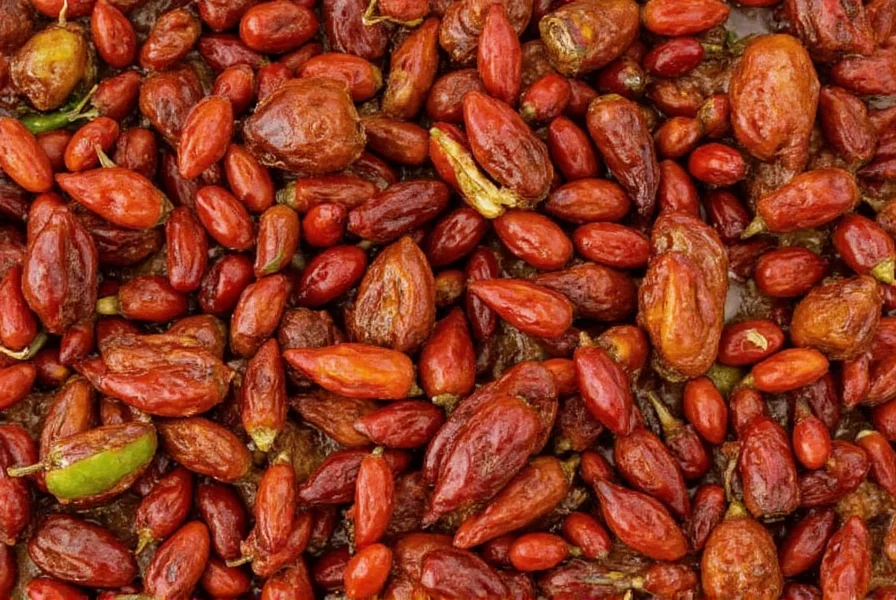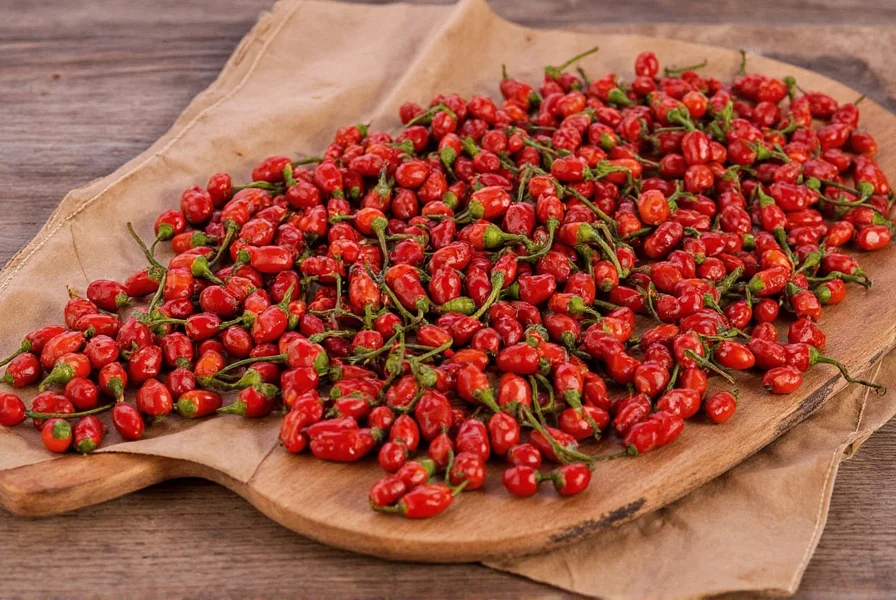Table of Contents
Introduction to Chipotle Chile En Adobo
If you're a fan of bold flavors and smoky undertones, then chipotle chile en adobo is the perfect addition to your spice rack. This Mexican staple is more than just a chili—it's a flavor powerhouse that brings heat, depth, and a unique smokiness to any dish. Whether you're cooking for yourself or hosting friends, understanding what chipotle chile en adobo is and how to use it can elevate your culinary game.

What Is Chipotle Chile En Adobo?
Chipotle chile en adobo is made from ripe, smoked jalapeño peppers that are then pureed with vinegar, garlic, and other spices. The term "en adobo" means "in the marinade," referring to the sauce in which the peppers are preserved. This combination gives the chipotle chile its signature smoky, tangy, and slightly sweet flavor profile.
The result is a thick, dark red sauce that can be used as a base for salsas, sauces, stews, and even marinades. It’s often sold in cans or jars and is a staple in many Latin American kitchens.

How to Use Chipotle Chile En Adobo
Using chipotle chile en adobo is simple, but the ways to incorporate it into your cooking are endless. Here are some popular uses:
- Salsa: Mix it with tomatoes, onions, cilantro, and lime juice for a spicy, smoky salsa.
- Marinade: Combine it with olive oil, garlic, and herbs to marinate meats like chicken, pork, or fish.
- Stew Base: Add it to soups, beans, or stews for an extra layer of flavor.
- Dipping Sauce: Thin it with sour cream or mayo for a creamy, spicy dip.
- Cooking Enhancement: Stir it into grilled vegetables, eggs, or rice for a quick flavor boost.
Buying Guide for Chipotle Chile En Adobo
When purchasing chipotle chile en adobo, look for high-quality products that maintain the authentic flavor and texture. Here are some key features to consider:
- Ingredients: Choose brands that use natural ingredients like jalapeños, vinegar, garlic, and spices without artificial preservatives.
- Texture: The sauce should be thick and chunky, not too runny or overly smooth.
- Brand Reputation: Look for well-known brands such as San Marzano, La Costeña, or Del Monte for consistent quality.
- Use Cases: Consider whether you need it for cooking, marinating, or as a condiment.
- Target Audience: Ideal for home cooks, food enthusiasts, and professionals looking to add a smoky kick to their dishes.
- Suitable Occasions: Great for weeknight dinners, backyard grills, holiday meals, or even casual snacks.

Comparison Table: Chipotle vs. Other Chiles
| Chile Type | Heat Level | Flavor Profile | Best Uses |
|---|---|---|---|
| Chipotle | Moderate to Hot | Smoky, Tangy, Sweet | Marinades, Salsas, Stews |
| Jalapeño | Mild to Moderate | Peppy, Green, Slightly Sweet | Raw, Pickled, Grilled |
| Chipotle | Hot | Smoky, Deep, Complex | Spicy Sauces, Rubs, Dips |
| Poblano | Mild to Medium | Earthiness, Mellow, Sweet | Stuffed, Roasted, Pureed |
| Habanero | Very Hot | Floral, Citrusy, Spicy | Hot sauces, Salsas, Garnishes |

Practical Tips for Using Chipotle Chile En Adobo
- Start Small: Since chipotle can be quite spicy, begin with a small amount and adjust to your taste.
- Balance the Heat: Pair it with dairy (like yogurt or sour cream) to cool down the spiciness.
- Use Fresh Ingredients: If you have access to fresh chipotle peppers, they can offer a more intense flavor than the canned version.
- Experiment with Flavors: Try adding different herbs, citrus, or even chocolate to create unique flavor combinations.
- Store Properly: Once opened, keep the jar refrigerated and use within a few weeks for best quality.

Conclusion
Chipotle chile en adobo is more than just a hot sauce—it’s a flavorful, smoky ingredient that can transform any dish. Whether you’re a seasoned chef or a home cook looking to experiment, this versatile chili has something to offer. By understanding what chipotle chile en adobo is and how to use it, you can unlock a world of bold, complex flavors that will impress your guests and satisfy your taste buds.











 浙公网安备
33010002000092号
浙公网安备
33010002000092号 浙B2-20120091-4
浙B2-20120091-4